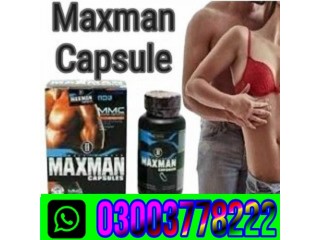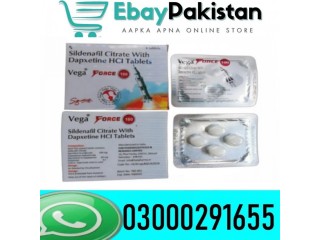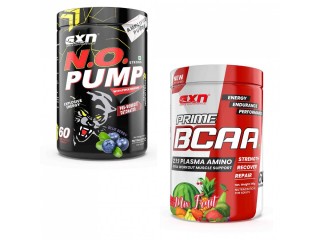Oxygen Absorbers: Their Function and Use Private
3 years ago - Fashion, Home & Garden - Bareilly - 215 viewsOxygen and moisture are two factors that destroy the value of dehydrated and freeze-dried foods. Theses elements have a detrimental effect on color, flavor, vitamin content, and fats of stored foods. Oxygen will enhance the growth of insects, bacteria, mold, and yeast in your food, accelerating spoilage. Oxygen absorber help to remove the oxygen in your container, leaving nitrogen. Dry foods are protected against spoilage and bacteria growth in a nitrogen environment. A “nitrogen flush” is often used to force the oxygen out of a product before it is sealed for storage. But even when a nitrogen flush has been done, it's still wise to include an oxygen absorber inside the container to help eliminate any remaining moisture. During the freeze-drying or dehydrating process, much of the moisture causing molding or spoilage is eliminated. An oxygen absorber will help to mitigate any moisture that remains once the food is packaged. Foods with a high moisture or oil content should not be stored in reduced oxygen packaging because it can cause botulism poisoning. Only store foods with in low moisture (10% or less) with oxygen absorbers. Oxygen absorbers actually remove oxygen more effectively than vacuum packaging because they only remove the oxygen rather than all the air.
[Metallized cans] with seamed lids, [metallized bags], PETE plastic bottles with airtight, screw-on lids, and glass canning jars with metal lids and gaskets all do well with oxygen absorbers. Do not use plastic containers that are not identified as PETE or PET under the recycling triangle on the bottom of the container. Metallized cans and bags prevent light, another source of spoilage, from reaching your food with the added help of your oxygen absorbers. Oxygen absorber packets come in different sizes, two of the most common are 500cc and 2000cc. To decide which size is right for you, consider the size of the container you'll store your food in and the amount of empty space between the food particles and between the top of the food and the lid of the container. Some companies that manufacture absorber packets rate them according to their oxygen absorption capacity in milliliters, while others do so by the equivalent air volume (the actual total amount of air between the product pieces).
A desiccant is a substance that promotes drying by absorbing moisture or water vapor from the air. Consumers are probably most familiar with small paper packets of desiccants that are often packed with items so that they will not rust or mold during shipment, especially for imported items that will spend time in the hold of a ship between the time they leave the factory and arrive at the store.
In industrial settings, desiccants are used for the same reason in compressed air systems: to dry the air. The changes in pressure when air is compressed will cause water to condense, and this moisture must be removed. To do this, compressed air is passed over desiccant material to dry it out. There are several types of desiccants:Through extensive research, ethylene absorber has been able to provide innovative technologies that extend the freshness and quality of fresh food and flowers. Such thorough research has enabled us to launch our first commercialised product, a discreet but high-tech filter that removes the ripening hormone from around fresh produce.This is helping the global supply chain maximise value from growing, transporting and retailing top-quality produce for CO2 absorber has been used in anesthesiology for many years. However, this process is not limited to this field of medicine. Removing carbon dioxide from human environment is used in other areas as well: mining industry, submarines, scuba diving,










